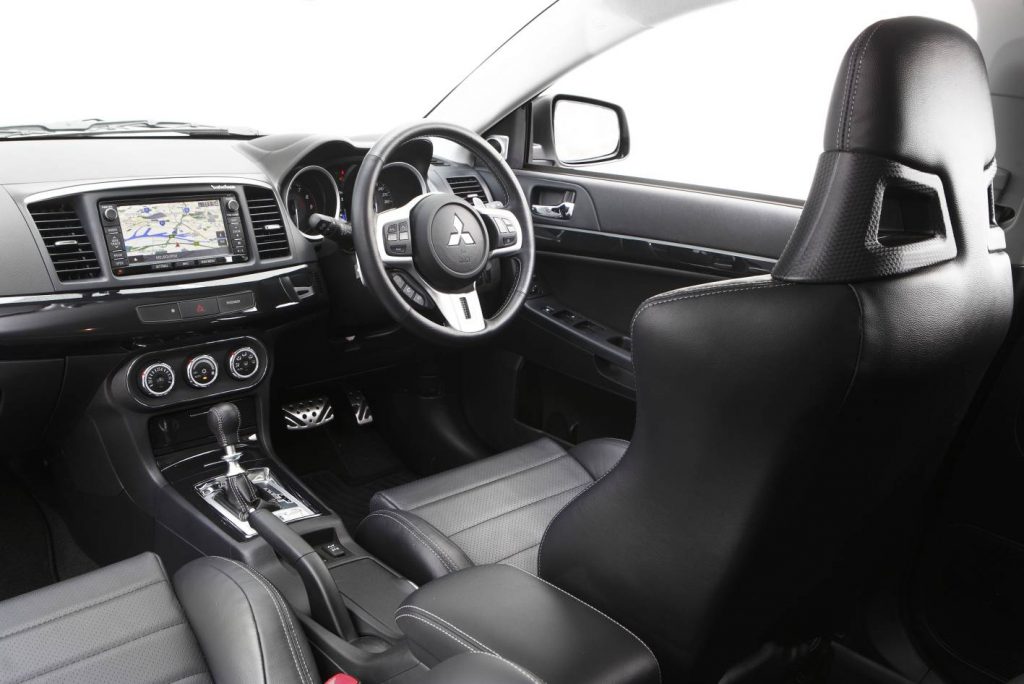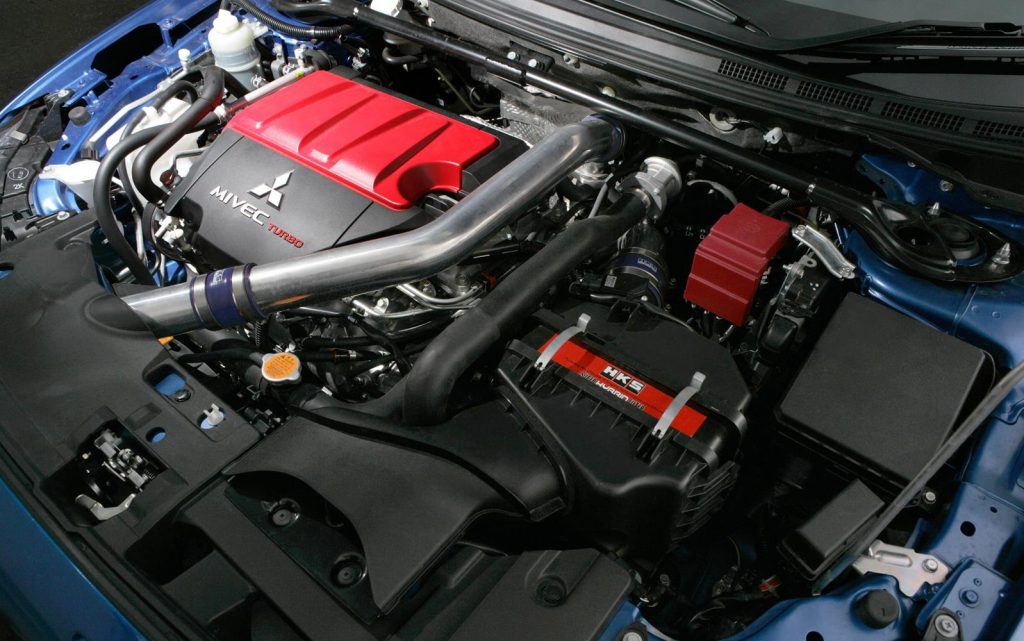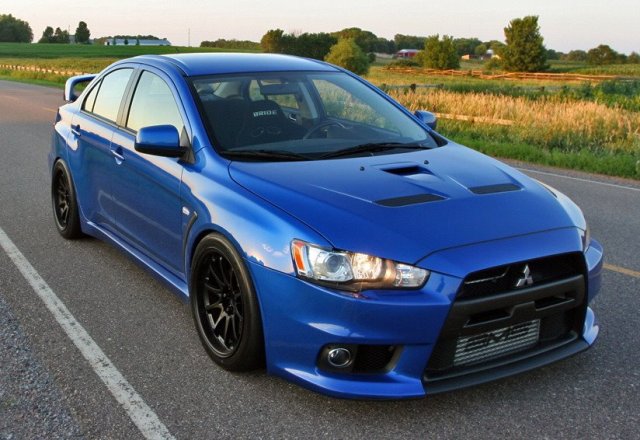Following a lack of results on the scene of rally driving, as well as falling victim to the new hybrid trend adopted by Mitsubishi, the Evolution series has run its course. A successor to the Evo X will never materialize, according to the company, as a performance SUV, most likely powered by a hybrid drive system will take its place.
The last of the Mitsubishi Evo series, the X is the proud representative of a long line of highly successful automobiles that achieved outstanding results in the world of rally racing. Beginning in 1974, the love story lasted for more than 40 years, time during which 10 generations of the car have managed to astound enthusiasts worldwide.
The Mitsubishi Evo is based on the Lancer, a successful saloon that managed to snag a decent amount of customers in the United Kingdom. But, unlike the stock model, it’s a high performance automobile that can hold its own when put face to face with even more powerful competition. Don’t be let down, as almost all the functionality from the Lancer is kept in the Evo, albeit with a few minor (or not that minor) tweaks.
Aesthetically, it’s a stunner. The huge trapezoid grille is the dominant element in the front and leaves the huge radiator visible. The headlamps have been styled after a cartoon character – the Gundam robot – and feature adaptive bi-xenon lamps as standard. Beneath the lights, two small air intakes that have the role of cooling the front brakes also house a pair of fog lights, decorated with a chrome ring.
The hood features a central air intake and two larger air outlets that expel hot air from the engine. The side profile is similar to a normal Lancer, with the exception that the Mitsubishi Evo has massively flared wheel arches; the front set also has a large, vertical slit that looks like the gills of a shark. In the rear, on the roof, a set of carbon fibre shark fins act like a roof spoiler and channel the air towards the back of the car.
On top of the boot, a large, curved spoiler serves as both an aesthetic element and a functional one, as it pushes down the rear axle when needed, so that the car will stay glued to the road. The large air diffuser, integrated together with the double exhaust tips into the rear bumper, also creates down force, improving both the car’s aerodynamics and its on-road behaviour. And besides, it’s all about the looks.
Mitsubishi Evo X – 5 Point Review
Design

Although the exterior of the car looks pleasing to the eye, the cabin lacks the same level of wow. Many interior elements, including the dashboard and a number of controls are manufactured from hard plastic, which feels very rough to the touch, seemingly ignoring the premium price tag that Mitsubishi is asking for the whole package. While the Mitsubishi Evo can brag with a better build quality than its closest rival, the Subaru Impreza, it still falls behind other manufacturers. For the ones interested in buying one, beware, as the interior will age faster than in other vehicles and will probably contribute to its depreciation.
Driving

Having rally car DNA, the Mitsubishi Evo X is a very fast car. The base version will reach 62mph in 5.6 seconds, having a maximum power output of 291bhp. The most powerful version, the MR FQ-440 40th anniversary edition will reach the aforementioned speed in less than 3.8, having a monstrous 440bhp at its disposal. The car feels very stable in corners, as its shock absorbers are stiff and allow for minimal dampening, which, on the race track is great, but not so brilliant on B-roads, as your body will feel most (if not all) of the bumps or potholes. The steering is a little sterile; although precise and sharp, it doesn’t feel very connected with the driver. Finally, the exhaust feels a bit subdued, although we would have preferred it be a little noisier.
Reliability
Mitsubishi has a solid track record for building quality products, Mitsubishi Evos included, so as long as you will remember to get the car serviced when it’s due and replace the relevant consumables, you should have little to no worries. Brake pads and tires will probably remain on top of the shopping list, as well as the odd clutch change but that’s valid only if you push it – which you will, as it most definitely won’t have a coffee table status. Moreover, an engine immobiliser, an alarm and a tracking device are included in the base price. The Evo X has not been tested by the Euro NCAP, but the Lancer, on which it’s based, got 5 stars, so it should behave pretty much the same.
Running costs
The top dog, the MR FQ-440 will set you back a cool 50 grand, but if you want to settle for a less powerful version, the “regular” Evo will cost from £27,499. Mileage figures, depending on the version, revolve around 27.4 mpg mixed cycle, but if you will push it, expect a considerably lower fuel economy, as the engine is thirsty at high speeds. The Mitsubishi Evo will require an initial oil change for the first 1,000 miles, with further service intervals at 10,000 miles for the basic models and at every 6 months or 4,500 miles for the MR FQ-440, whichever comes first.
Practicality

Although the Mitsubishi Evo retains the rally car aura, it’s still able to haul your luggage from point A to point B; just not that many. You see, the boot space is taken by the battery and the Rockford Fosgate subwoofer and the remaining storage room is limited to approximately 195 litres. The back seats don’t fold either, so you can forget about carrying long items.
Thirsty for more information on the Mitsubishi Evolution X? Take a look here.
Are you looking for a new car? Want to sell your old car quick?, Here are some tips


